Filmmaker and writer Miro Bilbrough reflects on a childhood backdrop of whimsical watercolour illustrations and the allure of Jadis’ icing sugar drenched Narnian confections—with vital appearances from Snufkin and Sparrowhawk. Miro’s memoir In the Time of the Manaroans is out this week from Victoria University Press.
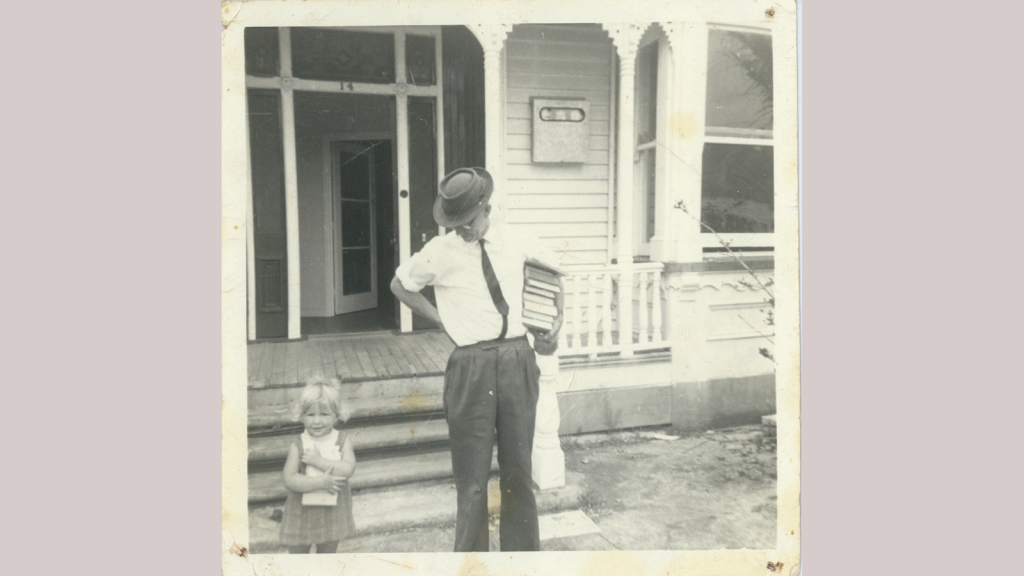
One of the first books that I can remember featured a general in a rouge coat. In the picture book named after him, the general falls off his horse and strays into a wildflower meadow where he experiences a version of slow time. Discovering he has crushed the flowers in sitting down, General Jodhpur becomes a pacifist on the spot. It’s not all peachy. A passing bee—that he thinks might land on his nose—irks this pompous man by failing to notice him.
In the frontispiece is a head and shoulders of Jodhpur sprouting horsehair helmet plumes and epaulettes—the line-and-wash illustrations as lyric and sardonic as the characterisation. Oddly, the General’s jacket subsides at his waist, and the rest is undrafted. In biro I helpfully adlibbed stick legs, pebble boots and two baubles that are either a dripping penis or descending turds. ‘Miro’, with a roguish cursive R, floats alongside—as if I am now author and artist. (So much for Janet Charters and Michael Foreman).
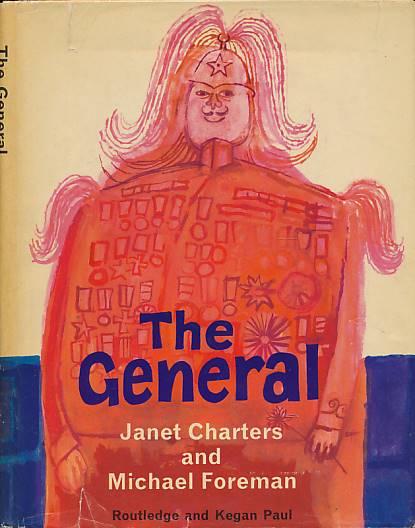
So, at three, began my pleasure in Irascibles: usually male, English, and with roast beef complexions–and in the fiction of my authorship too. If flaws and the flawed were my meat, the kindness of a redemptive plotline helped.
Another picture book I inhaled was The Tomten, adapted by Astrid Lindgren from a poem by Viktor Rydberg. The title character is a nocturnal Swedish gnome who soothes farmyard beasts with whispered verse. The hush of the snow-bound illustrations by Harald Wiberg was audible to my child-ears. Spellbound by Total Winter such as I had never experienced, I waited patiently for the climactic pages where Tomten dreams of summer, and I would cast off on a sea of longing— ‘Winters come and winters go. Soon the swallows will be here.’ A bird-lover’s childhood followed.
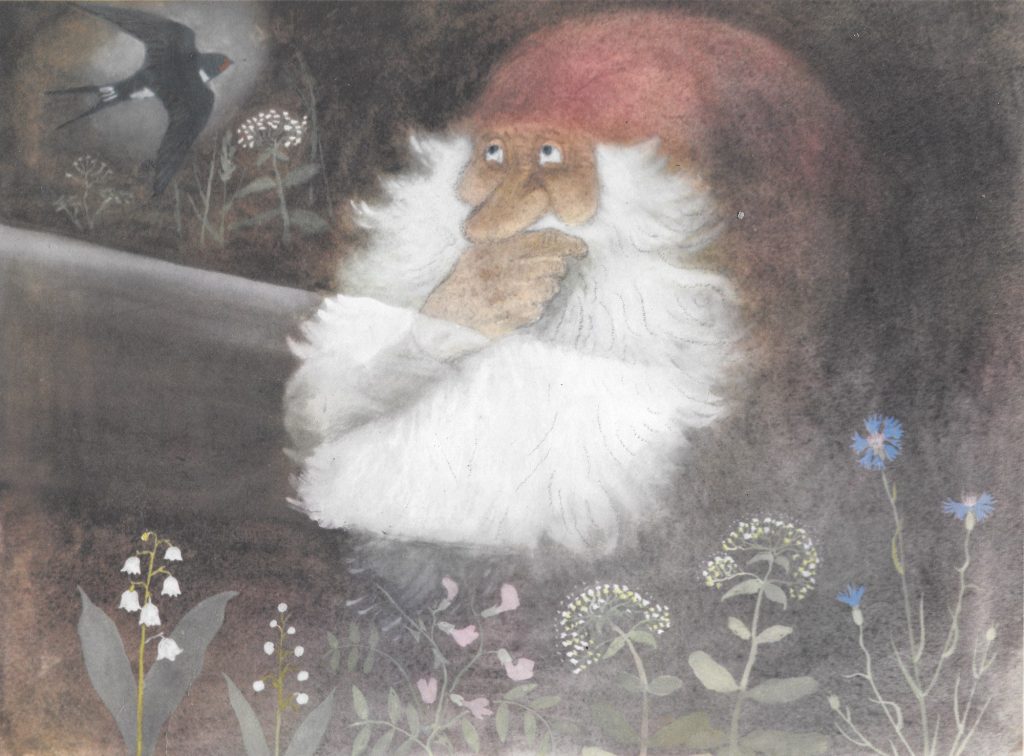
My father Norman read me Lindgren’s incantatory book turning the pages with big-mooned thumb and forefinger stained from cutting and dyeing women’s leather sandals. For my part, I managed not to embellish Tomten’s farm. The becalming fields of watercolour offered up none of the temptations of ‘The General’s’ deceptively ad hoc line. That left the frontispiece.
If the third of my favourites, Harquin: The Fox who went down to the Valley, was spared my dream of authorship, this was thanks to John Burningham who upended pages, perspectives, the picture plane itself with mud-spattered huntsmen and exploding horses. Their quarry, Harquin, was a flaneur and a crosser of boundaries who outfoxed huntsmen & hounds. Literally. I identified heavily with the young fox who liked to sniff the flowers in people’s gardens or run through the village at night. My eye snagged on Harquin’s siblings sleeping in bunks or hunched in russet bundles; an ancestral portrait beneath which the blue-slippered patriarch sat in a leather club chair. I took the point. The hunt was a killer of kin. My kin.
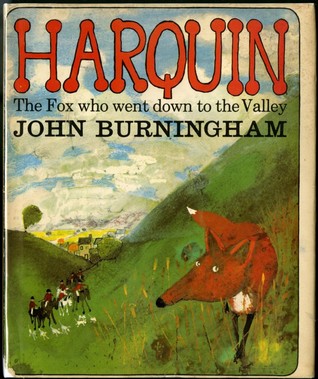
Unbeknownst, I had begun the reader’s vocational shift into another’s skin. The writer’s not-so-effortless one beckoned ahead.
Alone amongst books, I hated Dick Bruna’s Miffy. I was a toddler who felt patronised by primary colours and by geometric bunnies. Red, blue, yellow: why must they always hang out together? I liked paint and colour that o’er-stepped the mark, lines that scuffed and scratched up the good stuff of character like a dog digging up dirt in fast motion. Did they think we small children simpletons on the psycho-aesthetic plane?
As for my first beloveds, it was not long before I owned them because I was a serial enhancer. The appalled librarian made a worthy sacrifice, though she never knew it. My parents’ scent of leather and linseed oil travelled with the three discharged library books—Harquin, The General and The Tomten—when I went to live with my grandmother at seven. Unbelievably, I still own these originary texts, ivory with age and the ill-uses of infant love. I have been inculcated with foxes, the word ‘meadows’, and the rippling flight of that harbinger of all things Spring—for life. I forget which poet identified ‘summer afternoon’ as the two most beautiful words in the English language. Auden? For me, ‘swallows’, and ‘spring’ come closer.
Unbelievably, I still own these originary texts, ivory with age and the ill-uses of infant love.
From defacing picture books, I graduated to reading over and again the picnic hamper of Ratty, Toad and Mole in Kenneth Grahame’s The Wind in the Willows. Its contents were another incantation. The word ‘picnic hamper’ was one half of the magnetic charge, the list of foods the other. This was posh English stuff: jellies and moulds and potted things. Lists, now there was a thing. Even Toad’s off-the-chart flamboyant could not beat the picnic hamper’s inventory.
I was a hungry child eating grief; in exile from my parents’ terrible health-food, immersing myself in the cuisine of bygone country kitchens; cultivating an early-onset female pot. I’m not sure what my mother’s excuse was. Five decades on, I find that when she was small Christina reread the river animals’ picnic goodies as obsessively as me.
C S Lewis and the white witch’s Turkish Delight in The Lion, the Witch and the Wardrobe was pretty bewitching too. If this seduction was a moral test, like Edmond I failed it, accepting the sweet every time, running my tongue over its mystery, relishing its transport to other cultures and geographies. Maybe this sugared cube was prophetic, for in my first Sydney suburb rose-scented Turkish Delight was available in its dusted white coat on the high street corner. You bought it loose from the Lebanese coffee and nut wholesaler; pinged around the house after, high on white and pink stuff.
If this seduction was a moral test, like Edmond I failed it, accepting the sweet every time, running my tongue over its mystery, relishing its transport to other cultures and geographies.
Oh dear! (Playing Dorothy of The Wizard of Oz on the stage of the Karori School hall, I said this a lot). I haven’t even got to the heavy hitters of middle childhood. Pre-eminent among these was the migratory Snufkin of Tove Janssen’s boho tribe of moomins, friends and hangers on. Pipe-smoking, felt-hatted, carefree in a gown, Snufkin specialised in gnomic utterances like,’All small beasts should have bows on their tales’.
Less cheering but more compelling to an older incarnation of me was the wayfaring wizard, Sparrowhawk, of Ursula Le Guin’s Earthsea series— underacknowledged forebearer of Harry Potter. Did I notice that Sparrowhawk was a red-brown or copper-skinned man as the author’s sympathetic majority were, while the would-be colonisers and invaders are often white-skinned, blond? Perhaps I had enough race privilege not to. These were not hugely conscious reads. More—devourings. I consumed this apprentice wizard, beset by talent and the suffering triggered by an instant of world-breaking pride in which he conjures a ‘shapeless clot of shadow darker than the darkness’. Sometimes, in my own mind, I did this too: conjured shadows. Pride or jealousy could lead you to mean places, and in addressing the intelligence of her young readers so directly, unsparingly and with such imagination, Ursula won me for life.
Did I want to be these boy-men or be in love with them? Or both? In the confusing way of an ardent girl reading into storyworlds flocked with males—even the trolls were gendered—that did, felt, thought and espoused interesting things, my identifications and reading pleasures were polymorphously perverse, gender-fluid. What choice did I have? It was far less than idea. Looked at another way, it was a rigorous training in empathy.
Looked at another way, it was a rigorous training in empathy.
When I am ill or have had enough of the world or of myself, I still cosy up to Tove or Ursula’s characters. They are friends, fellow adventurers and neurotics who have travelled alongside me, biding their time on the shelf, and, when dusted off, offer up such gems as ‘The Uselessness of Everything’ that hairy Muskrat reads alone in his hammock—and I, delighting, over his shoulder.
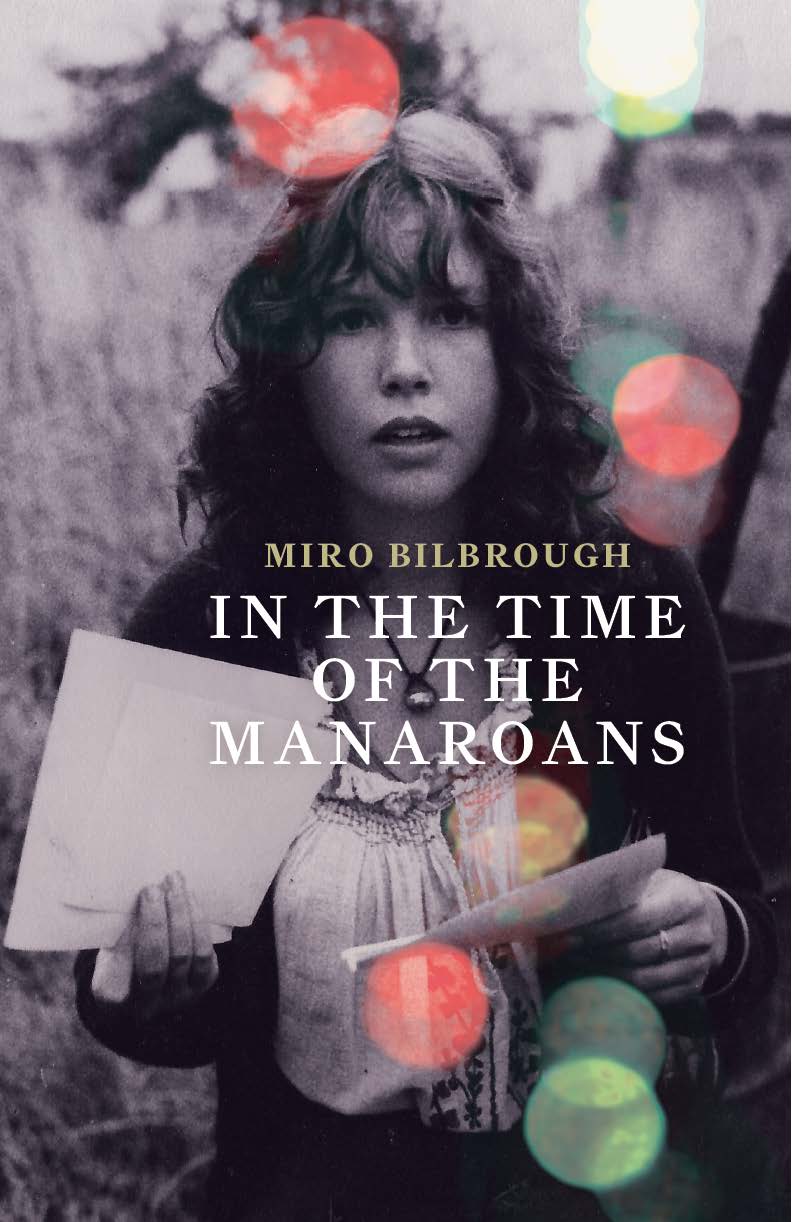
In the Time of the Manaroans
Written by Miro Bilbrough
Published by Victoria University Press
RRP: $36.99

Miro Bilbrough
Miro Bilbrough is a writer and filmmaker who grew up in New Zealand and lives in Australia. Her poetry chapbook Small-time spectre was published by Kilmog in 2010, and she has a Creative Doctorate of Arts in screenwriting and screen studies from the Writing and Research Centre, Western Sydney University. Excerpts and trailers from her critically acclaimed feature films, as well as her six-minute ciné-poem Urn (1995), can be viewed at www.mirobilbrough.com. Her memoir In the Time of the Manaroans is being published by Victoria University Press in September 2020.



